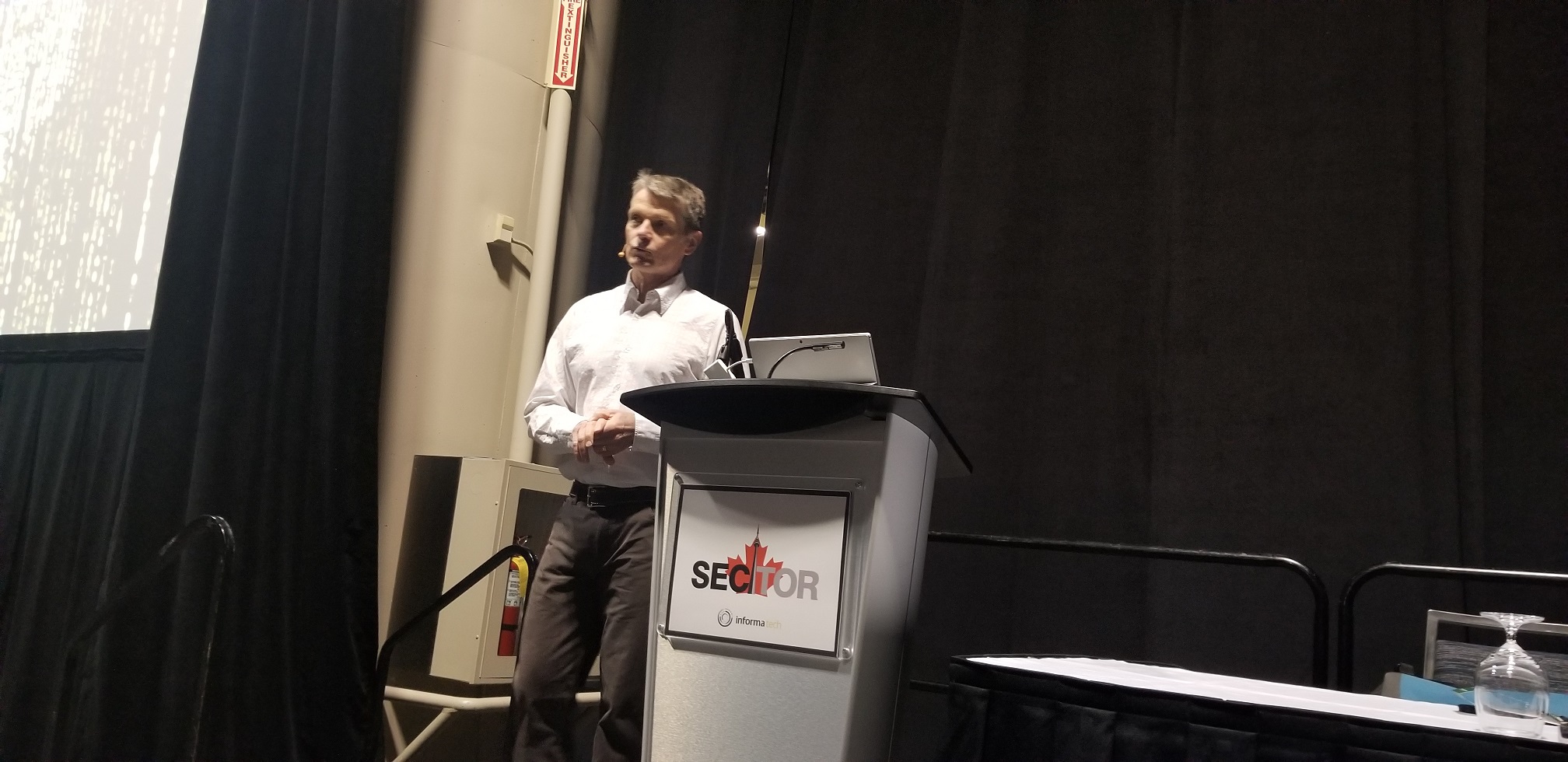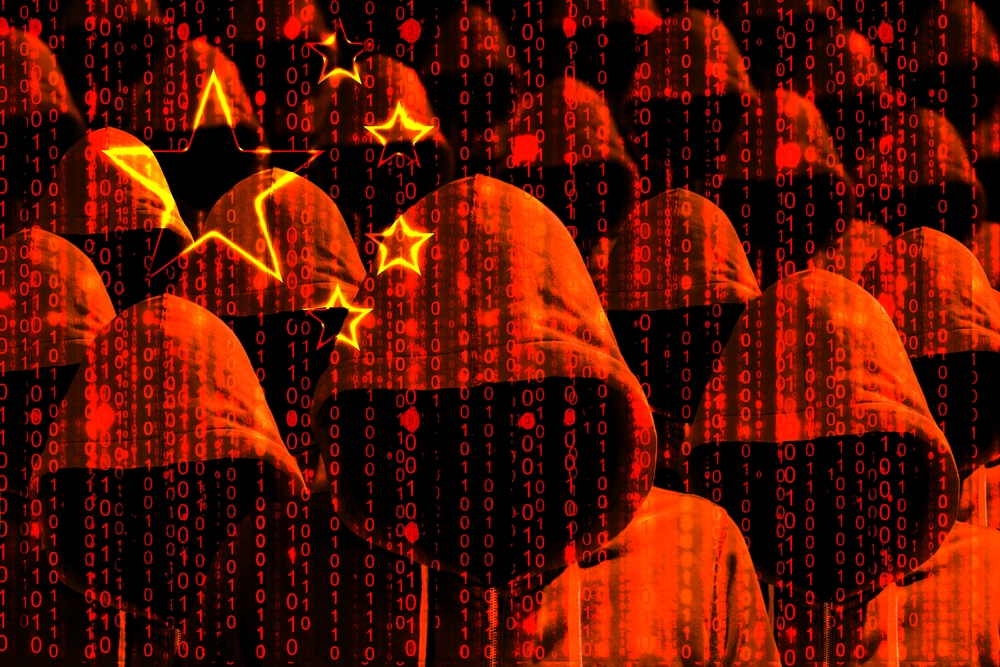European Electricity Sector Lacks Cyber Experts as Ukraine War Raises Hacking Risks
Europe’s power-grid operators say they are struggling to hire cybersecurity experts at a time when the sector is especially vulnerable to hacking threats related to the war in Ukraine.
The staff shortage is alarming executives, particularly after Ukraine disconnected from Russia’s electric grid in February and linked to continental Europe’s grid, adding new risks that a potential cyberattack could ripple across countries.
“The worry is about cascading effects,” said Gregorz Bojar, chief information officer at
Polskie Sieci Elektroenergetyczne SA,
the operator of Poland’s electricity-transmission system.
European electricity operators and providers are on alert. The Covid-19 pandemic and Russia’s invasion of Ukraine have heightened cyber threats in recent years. Hackers hit three German wind-energy companies in the early months of the war, taking down some remote-control systems that monitor turbines. In one case, an attack launched one hour before Russia invaded Ukraine on Feb. 24 on a
Viasat Inc.
satellite providing internet connections in Ukraine disrupted those systems and took down internet service for thousands of Ukrainians and people in other parts of Europe.
“We can talk about a weaponization of the energy sector,” said Aurélio Blanquet, secretary general of the European Energy Information Sharing and Analysis Center, speaking at a conference in Brussels last month. The center helps energy companies exchange information about cyber threats.
New European laws set to come into force over the next few years will also heighten regulators’ scrutiny of cybersecurity processes at critical infrastructure operators. This, in…




